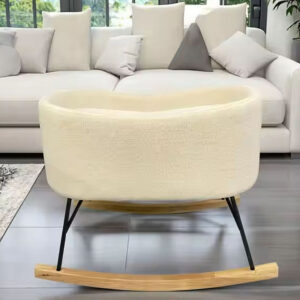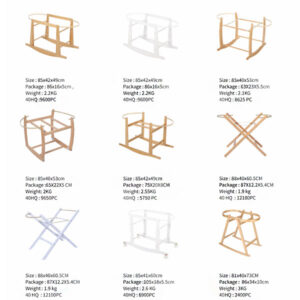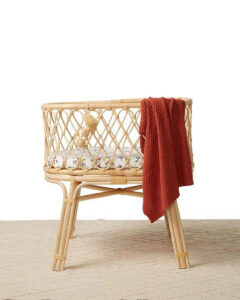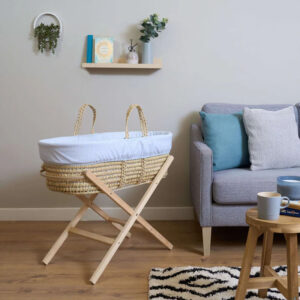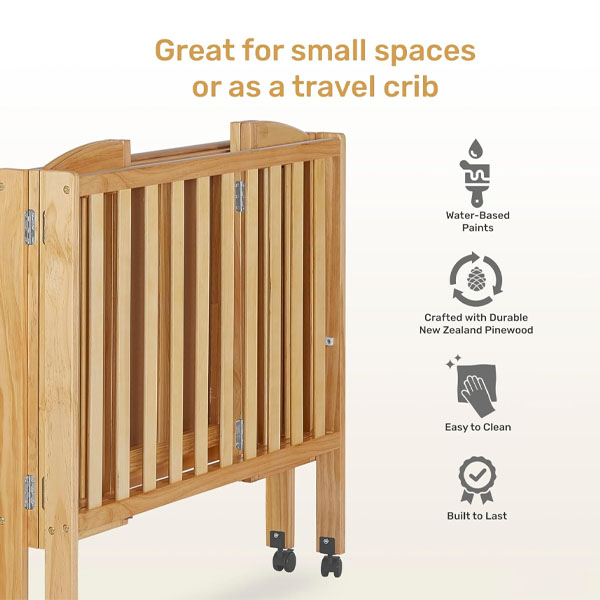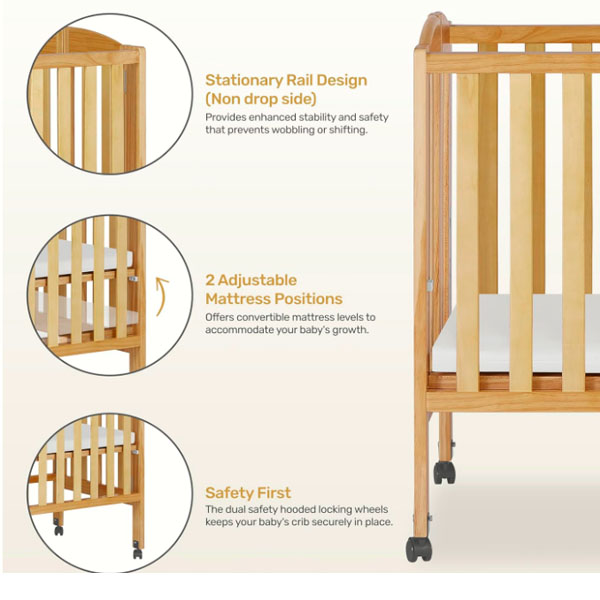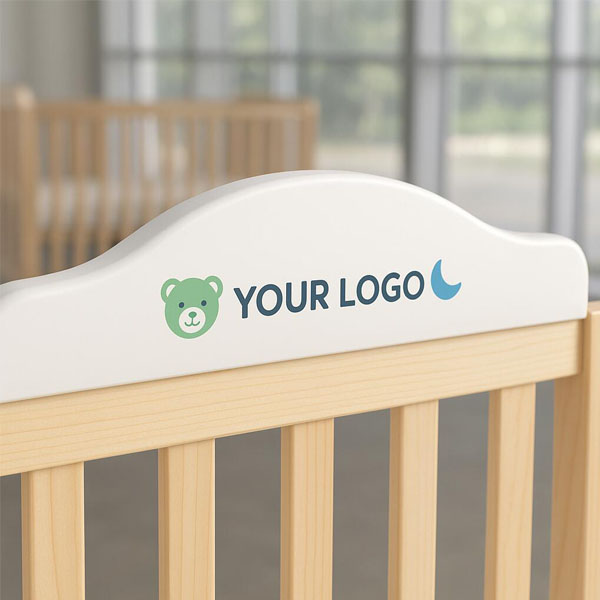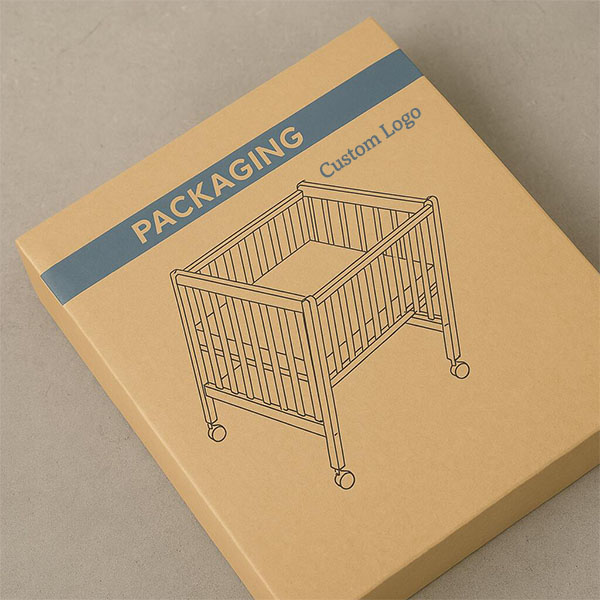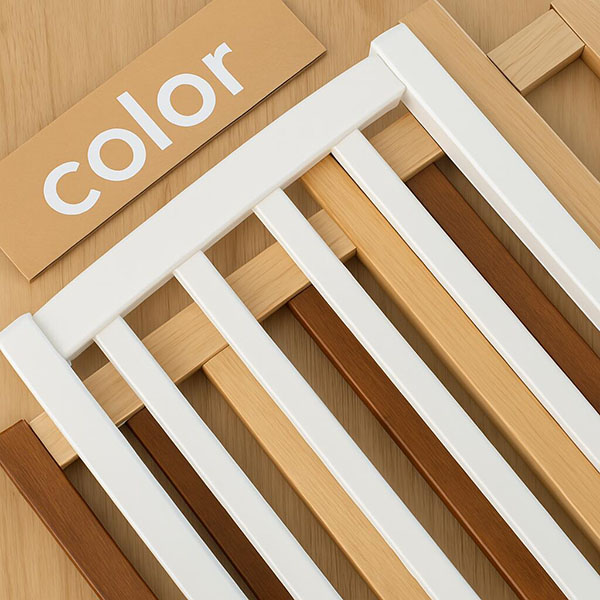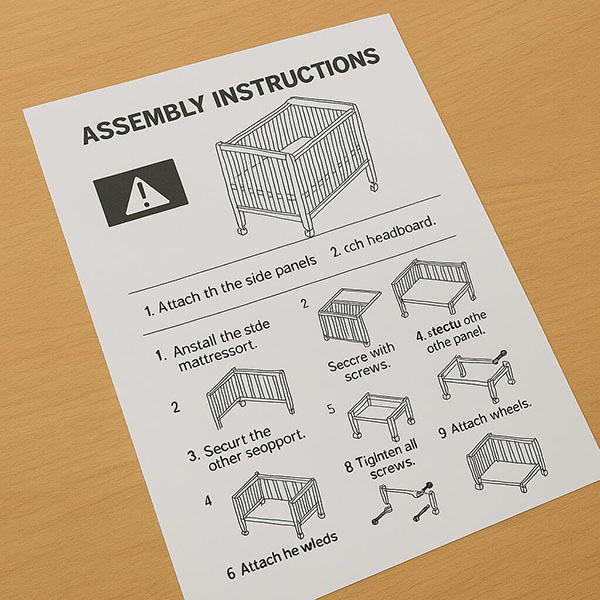Is a Marble Cutting Board Practical?
Marble cutting boards have become an increasingly popular choice for home cooks and chefs due to their elegant appearance and durability. However, the question arises: Is a marble cutting board practical for everyday kitchen use? In this article, we explore the advantages, disadvantages, and best uses of marble cutting boards, helping you decide if this material is right for your kitchen.Marble cutting boards have become an increasingly popular choice for home cooks and chefs due to their elegant appearance and durability. However, the question arises: Is a marble cutting board practical for everyday kitchen use? In this article, we explore the advantages, disadvantages, and best uses of marble cutting boards, helping you decide if this material is right for your kitchen.
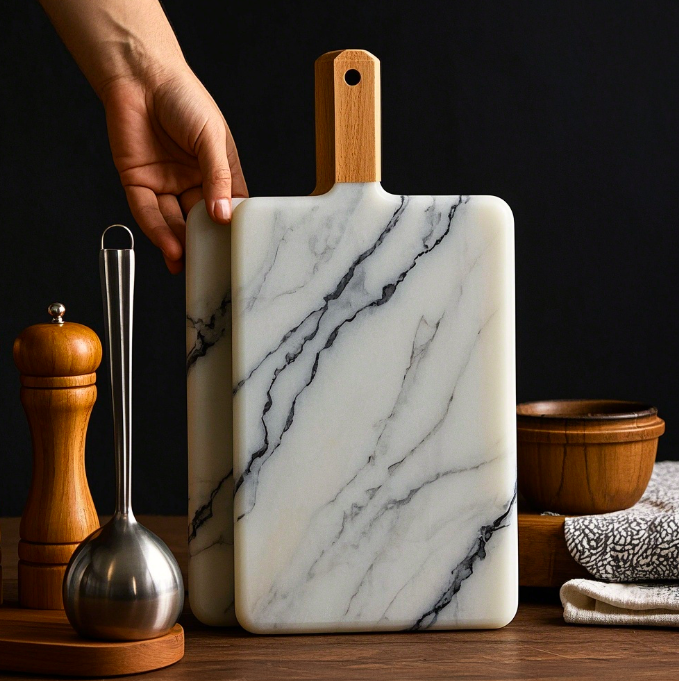
What is a Marble Cutting Board?
A marble cutting board is a sleek and solid surface made from natural marble stone. Known for its smooth texture, cool temperature, and elegant appearance, marble is a common choice for decorative purposes, but it is also functional in the kitchen. The non-porous surface makes it resistant to stains and odors, but it is not always the most forgiving material for cutting.
1. Pros of Marble Cutting Boards
✅ 1. Aesthetically Stunning and Luxurious
One of the biggest selling points of a marble cutting board is its luxury appeal. The smooth, polished surface of marble adds a touch of sophistication and elegance to your kitchen.
- Timeless beauty: Marble cutting boards can complement both modern and traditional kitchen aesthetics.
- Rich variety of colors: Marble comes in a range of beautiful shades, from classic white with gray veining to deeper tones like black, green, or red, which adds a unique touch to any kitchen decor.
✅ 2. Cool Surface for Baking and Pastry
Marble’s ability to stay cool makes it an excellent choice for certain tasks, such as pastry work or handling chocolate. The stone naturally keeps a lower temperature, which helps maintain the integrity of dough and prevent melting chocolate.
- Ideal for rolling out dough: Marble’s cooler temperature prevents dough from getting too warm, helping it retain its texture.
- Perfect for tempering chocolate: When melting chocolate, the coolness of the marble board prevents overheating.
✅ 3. Easy to Clean and Maintain
Since marble is non-porous, it is resistant to stains and odors. It can be cleaned easily with just warm water and mild dish soap. For more stubborn stains, a mixture of baking soda and water can help clean the surface without damaging the marble.
- Doesn’t absorb liquids: This makes marble cutting boards much more hygienic than porous materials like wood, which can trap bacteria.
✅ 4. Durability
Marble is a very durable material and, with proper care, can last a lifetime. It does not warp or crack as easily as other materials like wood or plastic, which is ideal for long-term kitchen use.
- Long-lasting: A well-maintained marble cutting board can withstand years of use.
- Scratch-resistant: Marble resists most minor scratches, making it great for light prep work.
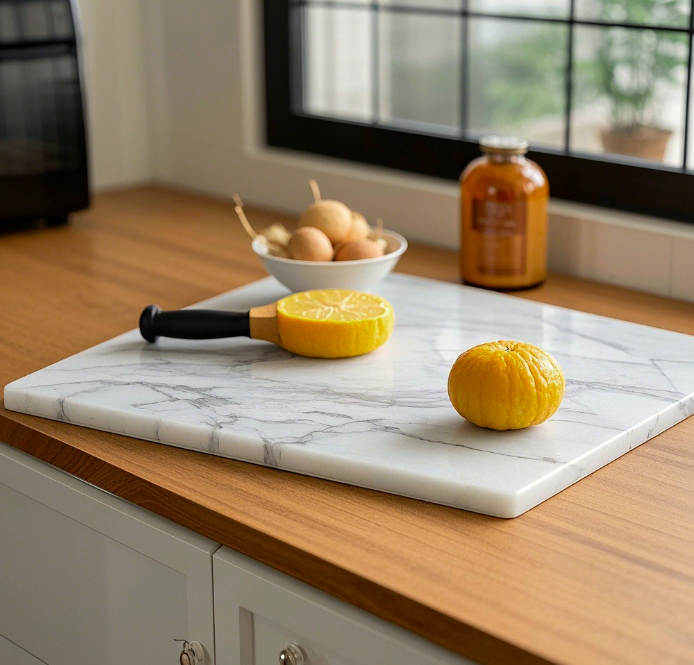
https://woodencraftsliving.com/cutting-board/
2. Cons of Marble Cutting Boards
❌ 1. Hard on Knives
The biggest drawback of using a marble cutting board is its hardness. Marble’s surface is much harder than wood or plastic, which makes it rough on knife blades. Repeated use can cause knives to lose their sharpness more quickly than if they were used on a softer surface.
- Dulls knives faster: You’ll likely need to sharpen your knives more often if using a marble cutting board regularly.
- Chips and blunt knives: Marble can also cause blunt force on knives, leading to uneven edges and damage to your cutting tools.
❌ 2. Heavy and Bulky
Another downside of marble cutting boards is their weight. Marble is a dense material, and these boards can be quite heavy, making them difficult to move or store.
- Hard to handle: The weight makes it challenging to pick up, clean, and store, especially for smaller kitchens with limited counter space.
❌ 3. Prone to Cracking and Chipping
While marble is durable, it is still a brittle material. If dropped or subjected to sudden impact, marble boards can crack or chip. Though this doesn’t necessarily mean the board is unusable, it can diminish its aesthetic appeal and create rough edges that may interfere with food preparation.
- Risk of damage: A heavy object dropped on the board or excessive force can lead to cracks.
- Difficult to repair: If chipped, repairing the board can be tricky and may not restore its original appearance.
❌ 4. Requires Regular Sealing
While marble is non-porous, it does require regular sealing to prevent staining and etching over time. If not properly sealed, acidic foods like tomatoes, citrus, or wine can cause permanent marks on the surface.
- Periodic maintenance: To maintain its pristine appearance, you need to reseal your marble cutting board every 6–12 months, depending on usage.
- Prone to etching: Acids from food can cause surface damage if the marble is not sealed properly.
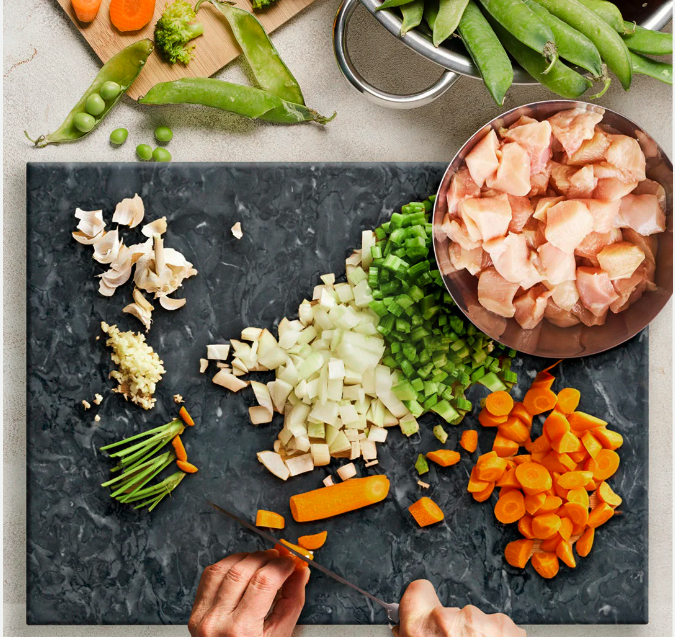
https://woodencraftsliving.com/cutting-board/
3. Best Uses for a Marble Cutting Board
✅ 1. Pastry and Baking Work
The coolest temperature of marble makes it ideal for baking and pastry tasks, such as rolling dough, working with fondant, or tempering chocolate. Marble helps maintain the texture and consistency of dough, preventing it from becoming too soft or sticky.
- Roll dough with ease: The surface stays cool and smooth, ensuring a perfectly even texture.
- Works great for chocolates: When making confections, marble’s ability to stay cold helps maintain the quality of chocolate during tempering.
✅ 2. Serving and Presentation
Marble’s natural beauty makes it an excellent option for serving platters. Many people use marble cutting boards as a presentation piece for serving cheese, fruits, or hors d’oeuvres. Its aesthetic value is undeniable.
- Elegant and decorative: Marble adds a luxurious touch to dinner parties or special events.
- Ideal for charcuterie boards: Marble’s smooth surface makes it a perfect backdrop for arranging cheeses, meats, and other delicacies.
✅ 3. Light Cutting Tasks
If you mainly use the board for light food prep, such as slicing vegetables or fruits, a marble cutting board can perform adequately. However, for heavier cutting, such as meat or poultry, a different material may be more suitable.
- Great for fruits and vegetables: Marble is excellent for slicing produce, as it doesn’t absorb juices and keeps the counter clean.
- Ideal for light slicing: Use it for tasks where heavy knife pressure is not required.
4. Should You Buy a Marble Cutting Board?
Buy a Marble Cutting Board If:
✅ You want a luxurious, visually appealing board that enhances the aesthetic of your kitchen.
✅ You frequently work with pastry dough, chocolate, or baked goods.
✅ You need a durable, non-porous surface that is easy to clean.
✅ You are looking for a multifunctional board that can double as a serving platter.
Avoid a Marble Cutting Board If:
❌ You use expensive knives that require a softer surface.
❌ You need a lightweight cutting board that is easy to store.
❌ You don’t want to invest in regular maintenance, such as resealing.
Conclusion: Is a Marble Cutting Board Practical?
In summary, a marble cutting board can be a stunning and functional addition to your kitchen, but it’s not without its drawbacks. While it excels in certain tasks like pastry work and presentation, it is not the best choice for heavy-duty cutting or knife longevity. If you’re willing to invest in the maintenance and aren’t overly concerned about knife wear, marble can be a practical option for your kitchen.
For optimal performance, consider using a marble board for light prep, serving, and pastry tasks, while keeping a wood or plastic board for regular cutting needs.

